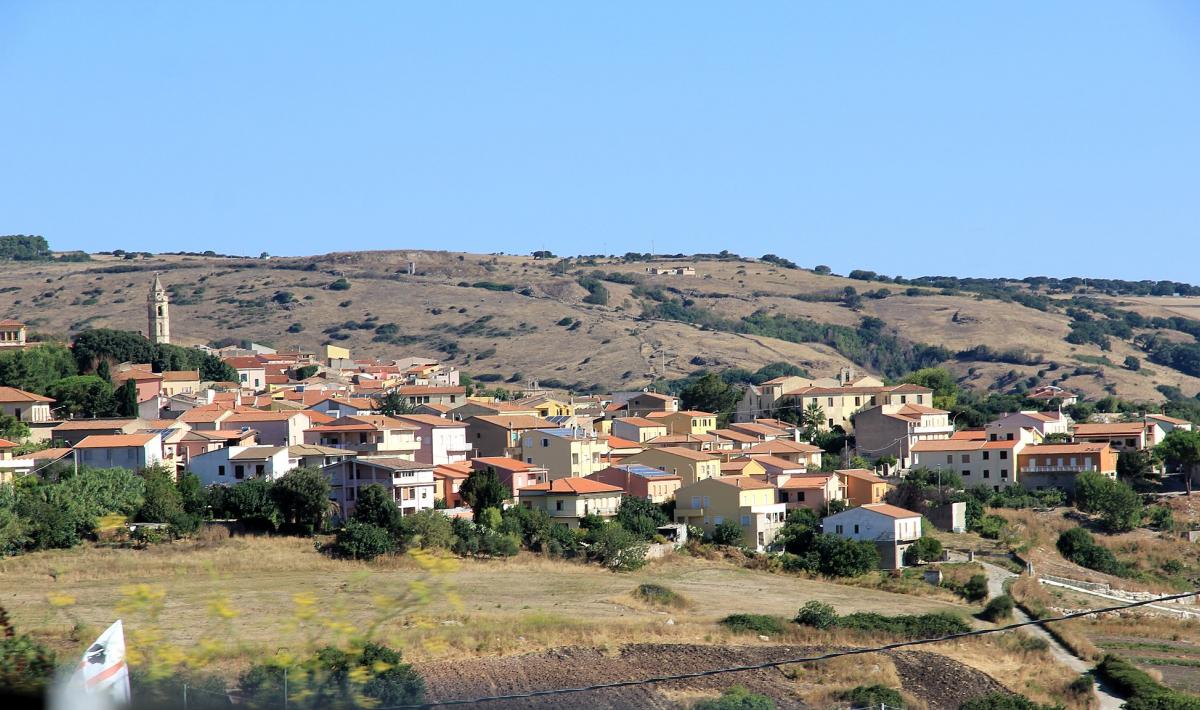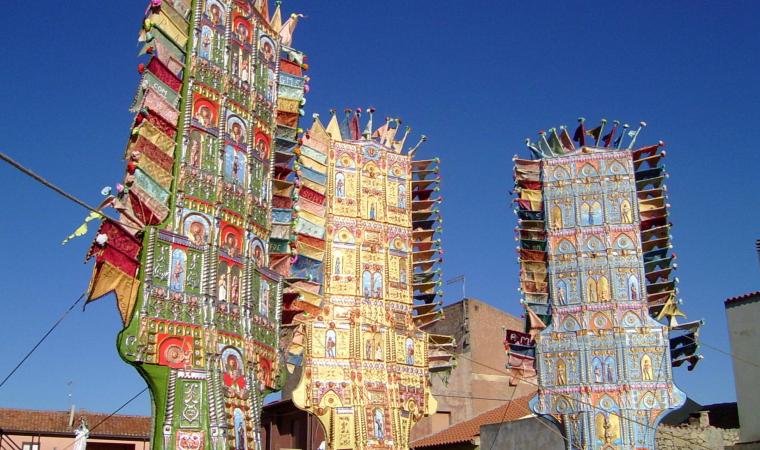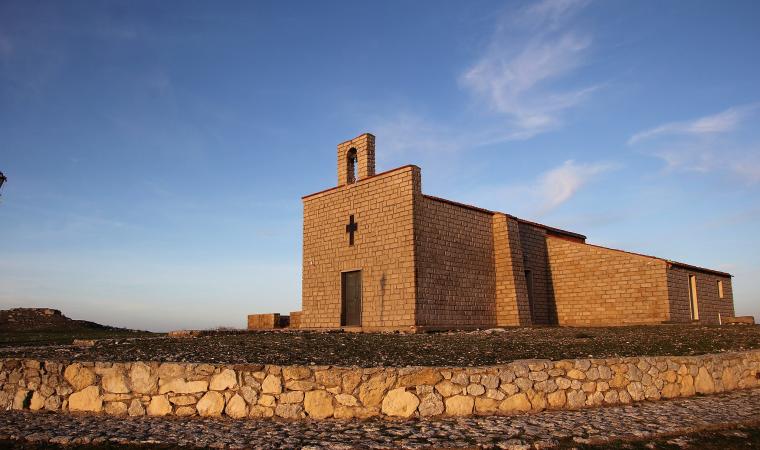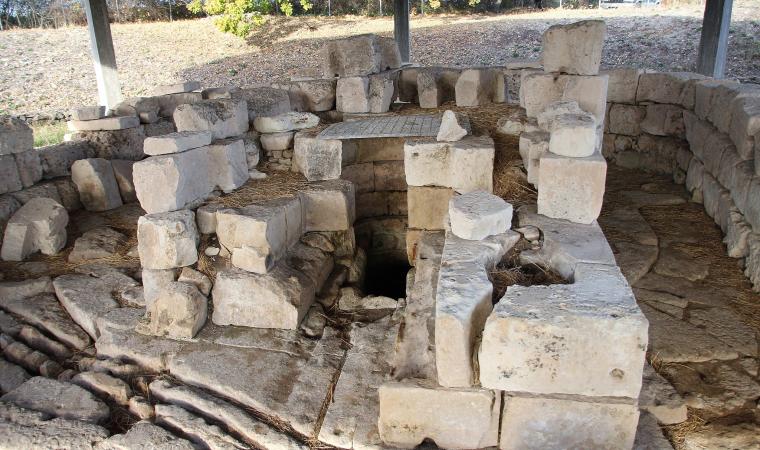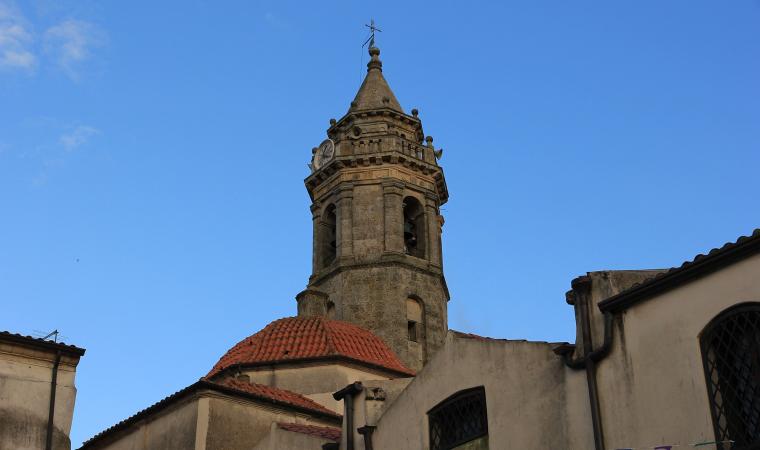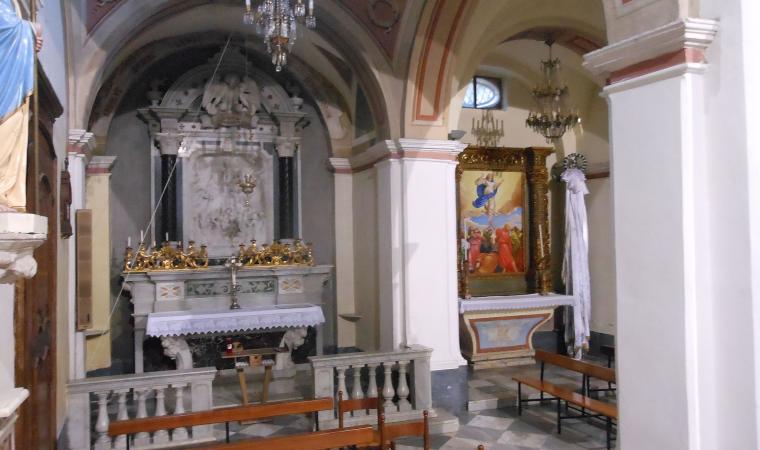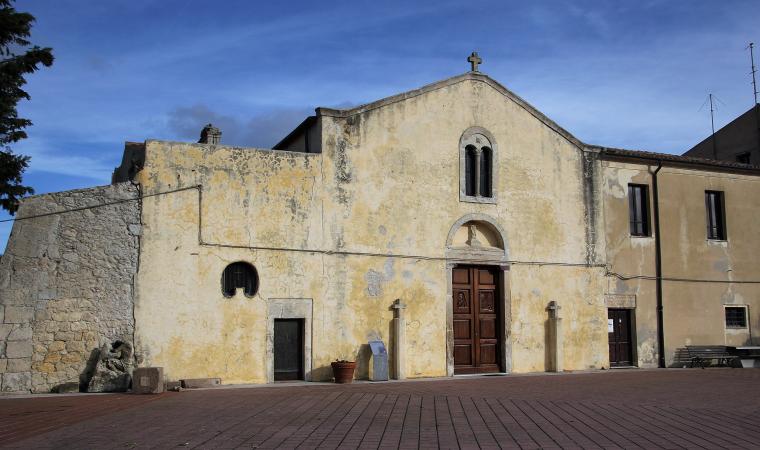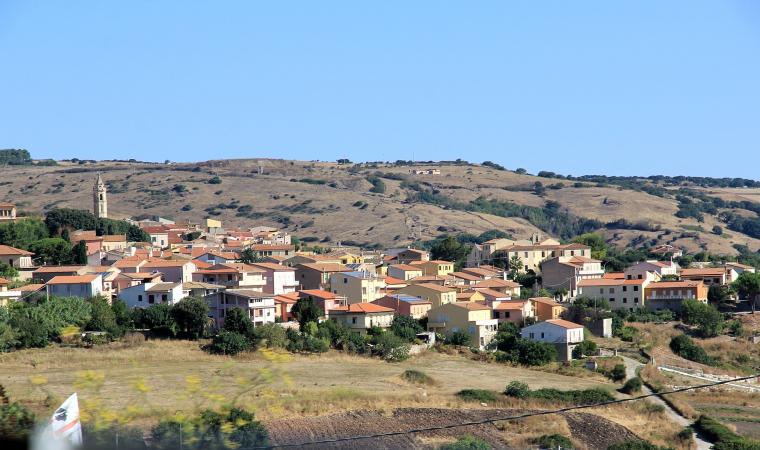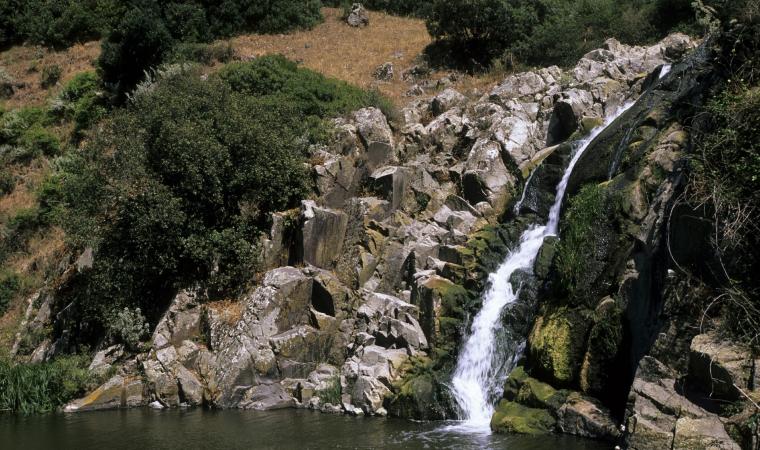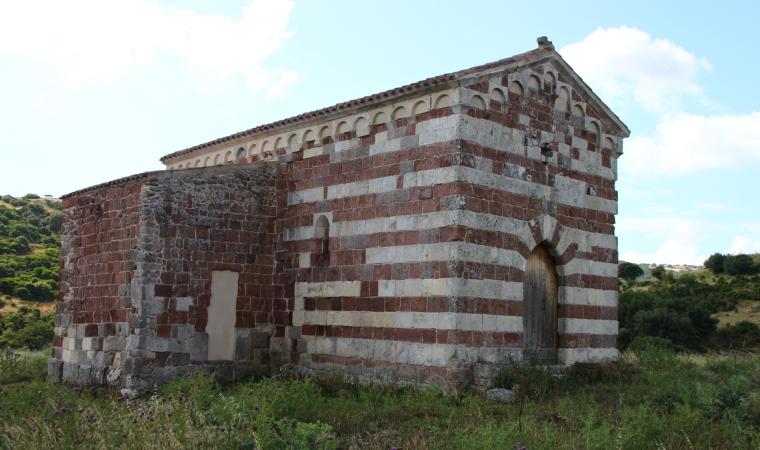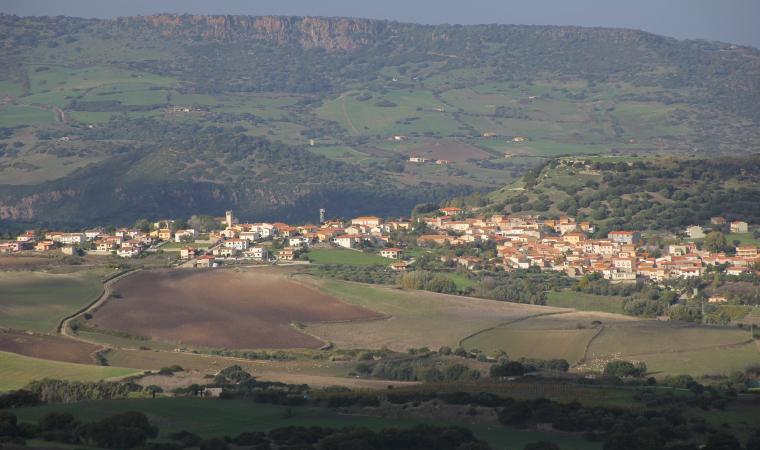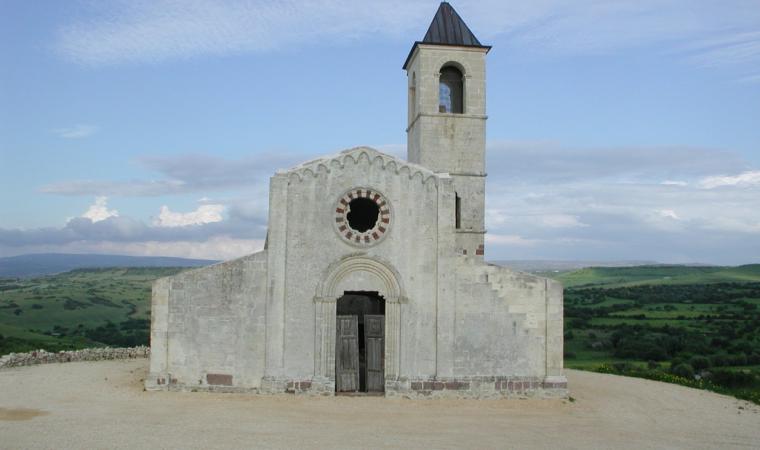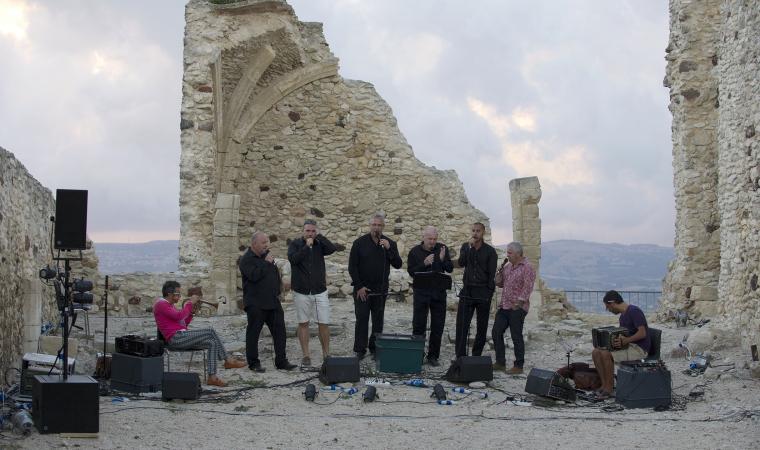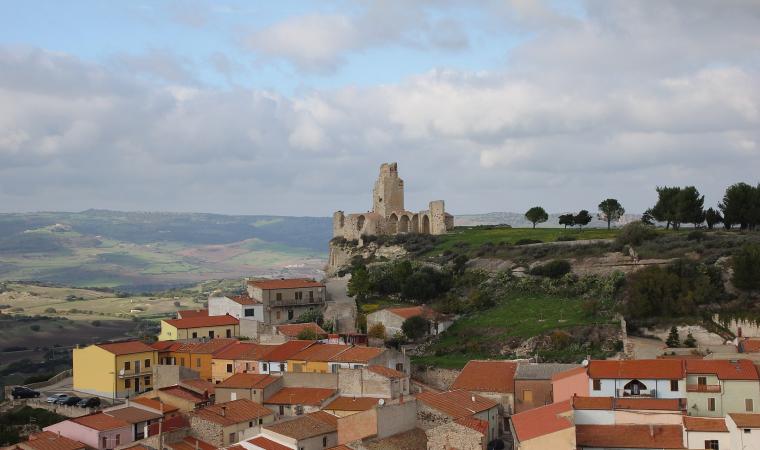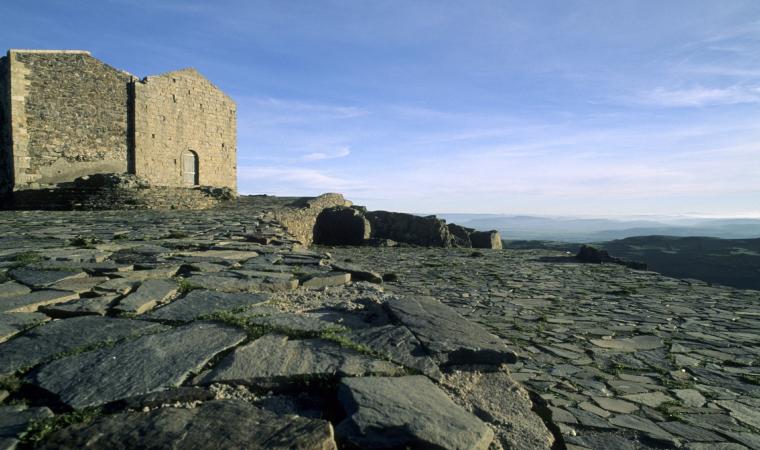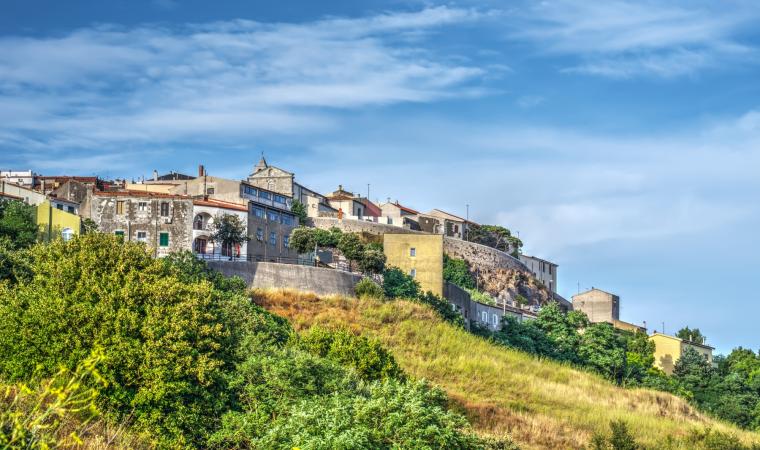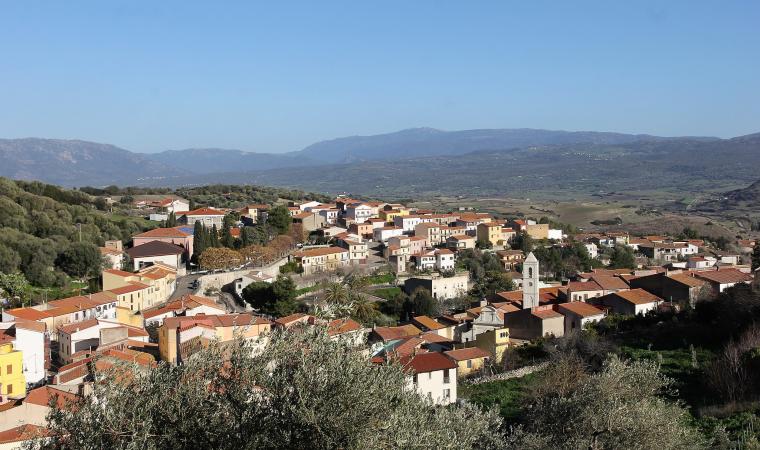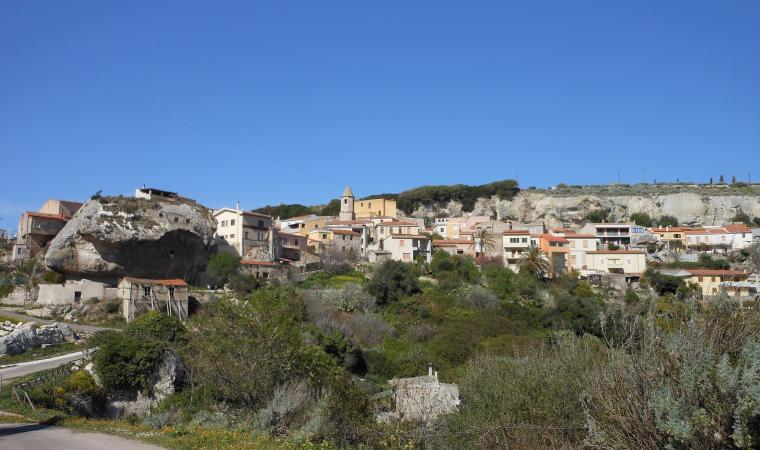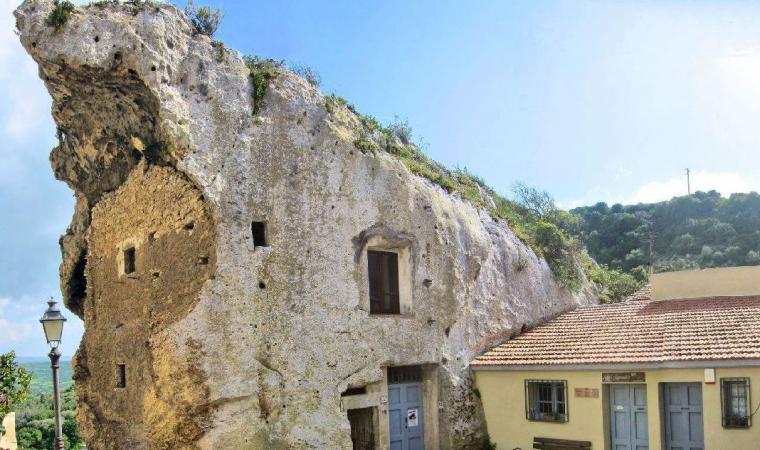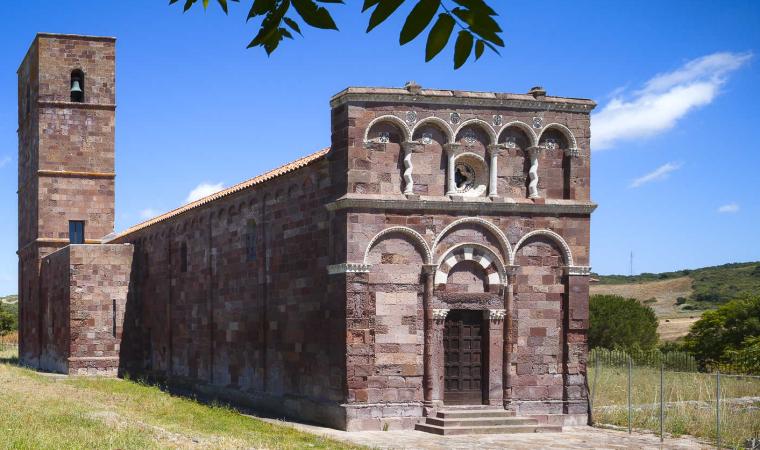It climbs to an elevation of 500 metres along the slopes of Mount San Lorenzo, a peak in the heart of Anglona, a region of which it was the capital in the Medieval period, in an area with an extraordinary concentration of prehistoric sites. Nulvi is a mountain agro-pastoral town of ancient roots, inhabited by almost three thousand residents and set 20 kilometres from Castelsardo and 25 from Sassari. Its income comes mainly from the production of cheese and excellent wines. It is the city of nuraghes: the municipality with the largest density of nuraghes with respect to its size: about 80 have been identified. The most noted of these are the four-lobed Alvu nuraghe, built of white, squared-off blocks and surrounded by numerous shed foundations; nuraghe Orria, along with the Giant’s Tomb on the mountain of the same name; and the Irru complex, which includes a nuraghe and an interesting limestone well temple (10-7th century BC). Sixteen metres long and seven metres wide, its tholos, vestibule and two atriums are still distinguishable. The well chamber is circular and four and a half metres deep.
Isolation has helped maintain ancient traditions and customs intact: from candle holders to the rites of the Holy Week. Cultural traditions date back to 11th century and are greatly influenced by religious orders. This can be seen from eight active churches and two monastery complexes in just one town. The 14th century Church of the Assunta, a parish since 1605, stands out for its age and decoration. The patron saint’s Feast Day is celebrated on August 15 with one of the oldest processions of the Island. The Three Giants, enormous candle holders (weighing 900 kilograms and eight metres tall) representing the guilds of agricultures, artisans and shepherds are carried through the streets with solemnity and suffering to honour a vow made to the Madonna during the plague of 13th century (during the Pisan age). They are accompanied by colours, passion and the warmth of the crowd. During the year the enormous candles are housed in the Church of San Filippo Neri. Next to the parish stands the Church of Nostra Signora del Rosario (1630), embellished by the altar of sos paladinos. Its sacristy houses the Diocesan Museum of Vergine Assunta, which documents the religious history of Nulvi with religious furnishings, Mannerist paintings, silverware, gold jewels, and a 17th-18th century ex-voto statue. The centrepiece of the collection are the liturgical vestments of precious fabrics and metals. The Church of Santa Croce, where a semblance of Christ used during the rites of s’Iscravamentu and s’Incontru is housed, is also worth a note. As are the Feast of Madonna del Rimedio, celebrated in early July with a procession in traditional dress (19th century originals) and the Church of San Giovanni, founded in 1100 and completely rebuilt in the 17th century by the Franciscans. The Monks then moved to the Monastery of Santa Tecla, a 18th century complex and site of miracles, adorned with a Holy Gate. The Monastery of San Bonaventura, where the minor brothers lived, is the other monastery. There are also many country churches, such as the Church of Nostra Signora di Monte Alma.

